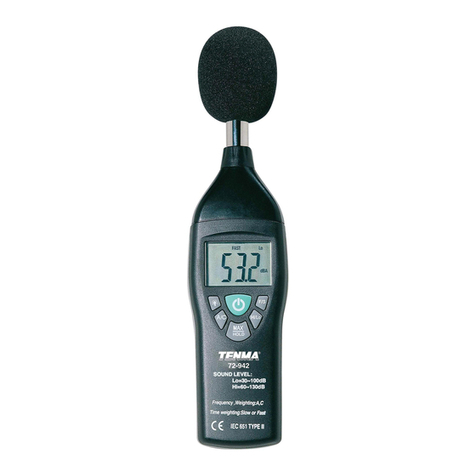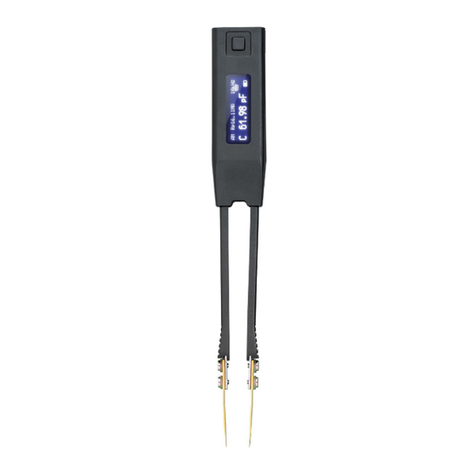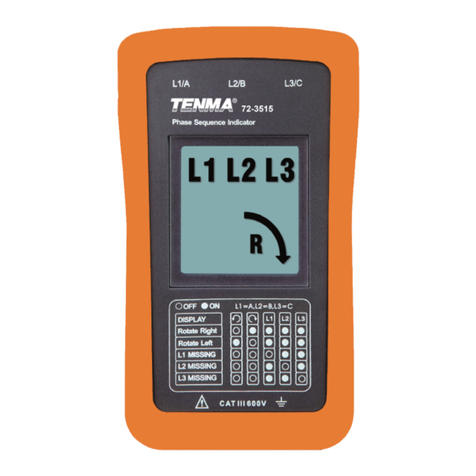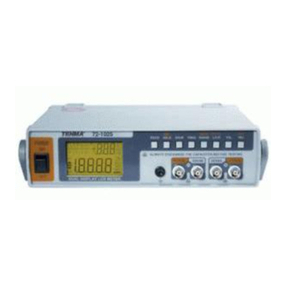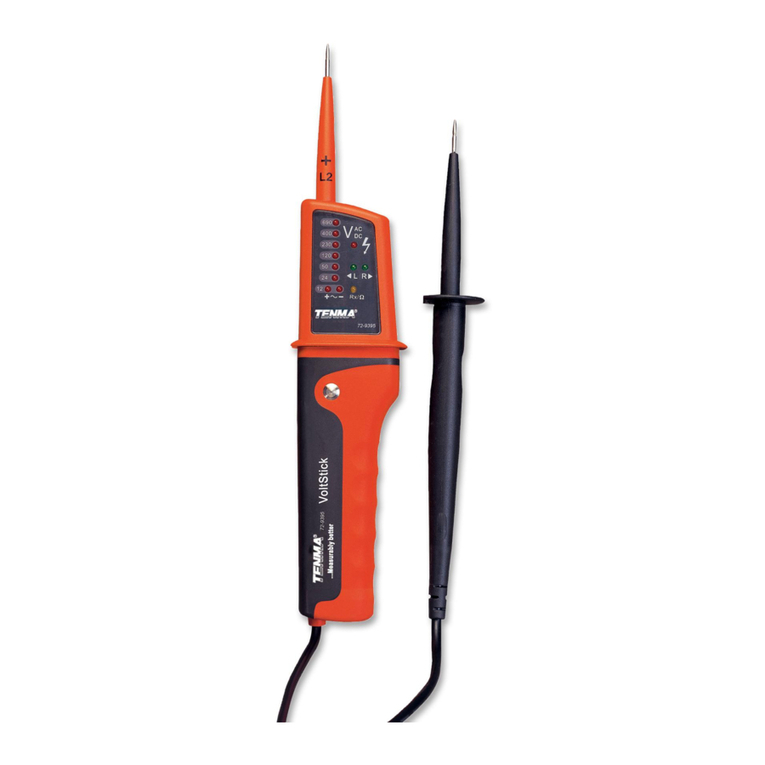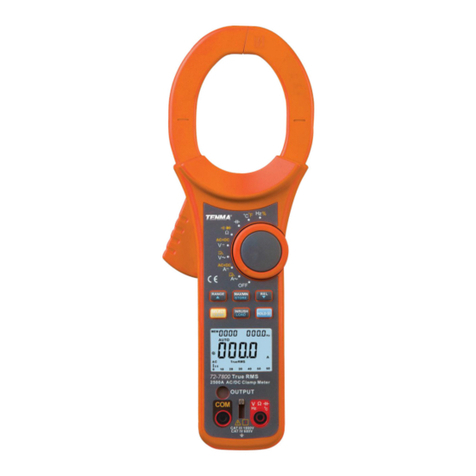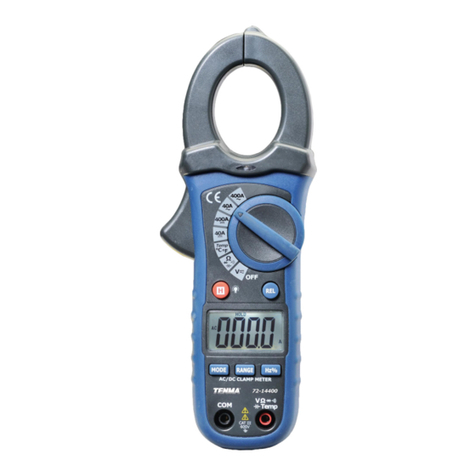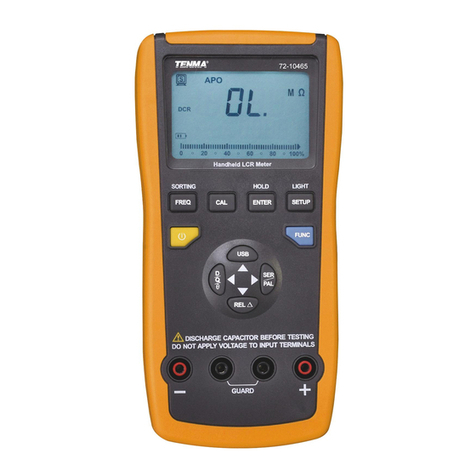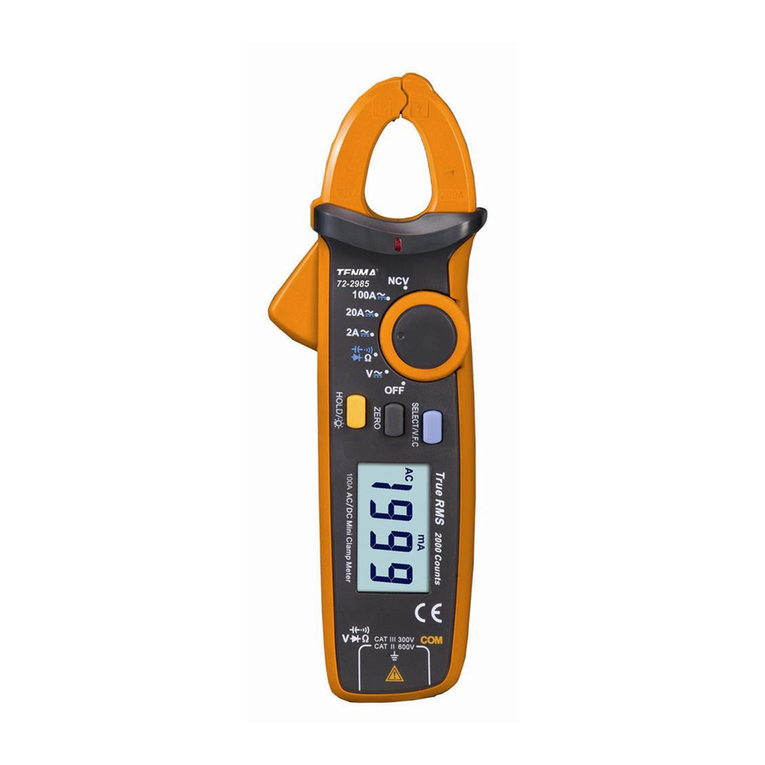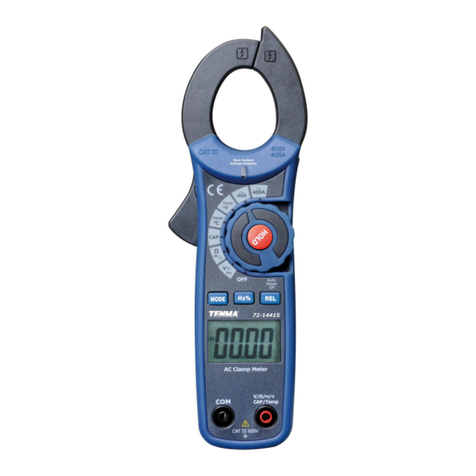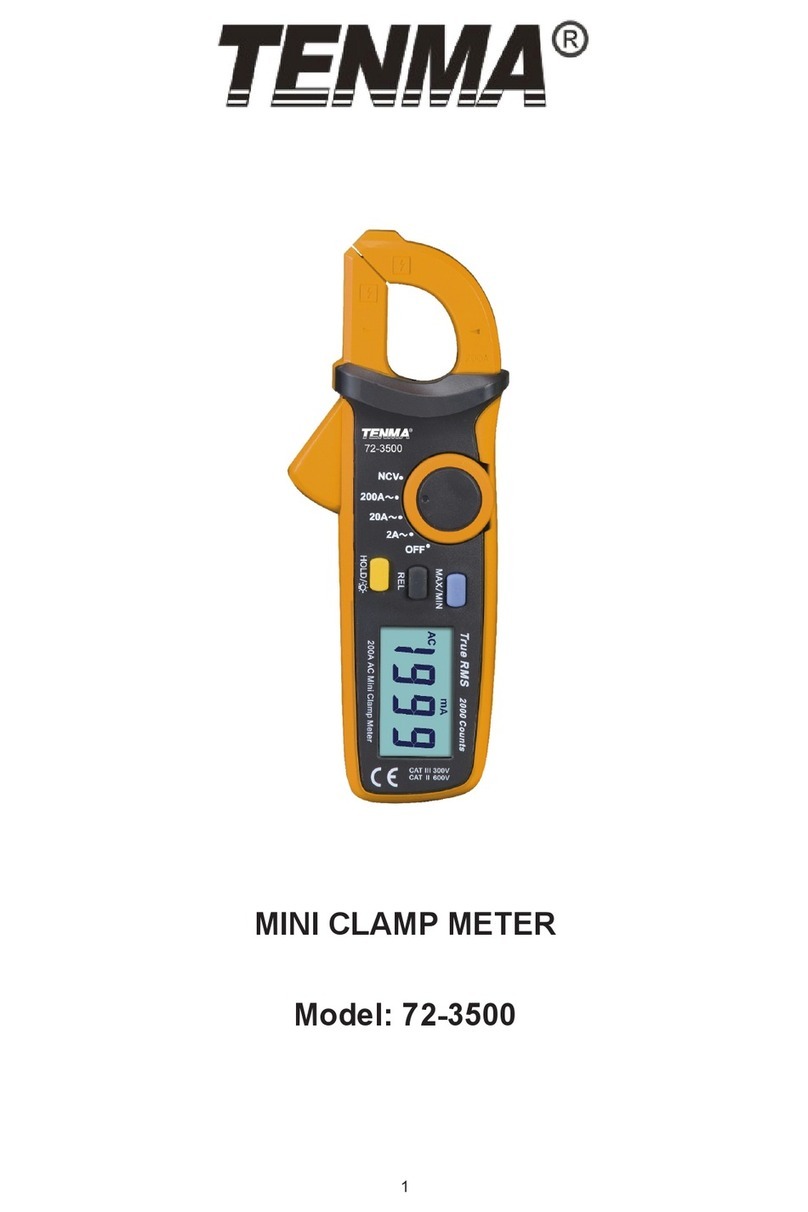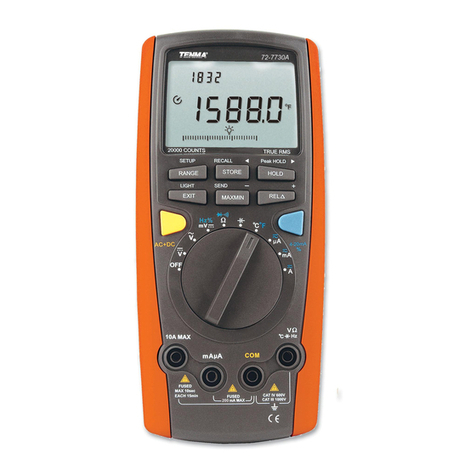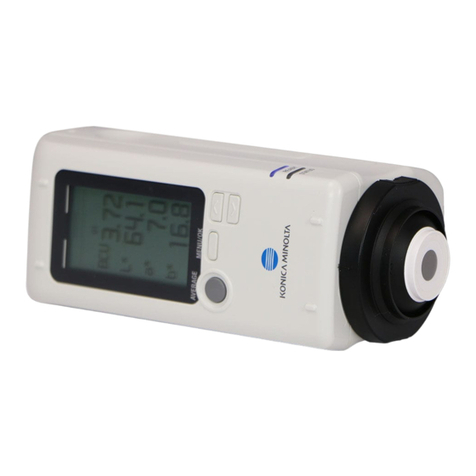
Rules For Safe Operation (2)
l When working at an effective voltage over
60VDC or 30VAC RMS, special care should
be taken for there is danger of electric shock.
l Use the proper terminals, function, and range
for your measurements.
l Do not use or store the Meter in an environment
of high temperature, humidity, explosive,
inflammable and strong magnetic field. The
performance of the Meter may deteriorate after
dampened.
l When using the test leads, keep your fingers
behind the finger guards.
l Disconnect circuit power and discharge all high
-voltage capacitors before testing resistance,
continuity and diode.
l Replace the battery as soon as the battery indicator
appears. With a low battery, the Meter might
produce false readings that can lead to electric
shock and personal injury.
l When servicing the Meter, use only the same
model number or identical electrical specifications
replacement parts.
l The internal circuit of the Meter shall not be altered
at will to avoid damage of the Meter and any
accident.
l Soft cloth and mild detergent should be used to
clean the surface of the Meter when servicing.
No abrasive and solvent should be used to
prevent the surface of the Meter from corrosion,
damage and accident.
l The Meter is suitable for indoor use.
l Turn the Meter off when it is not in use and take
out the battery when not using for a long time.
l Periodically check the battery as it may leak
after some time. If leakage is apparent, the
battery should be immediately replaced to
prevent damage to the Meter.
Model 72-7222: OPERATING MANUAL
7


